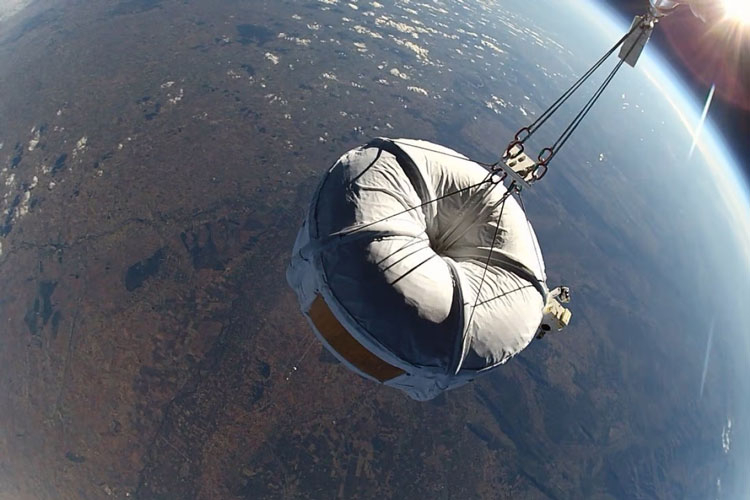
China has launched a balloon into space
Launching launch vehicles not from the Earth, but from the atmosphere, saves fuel and reduces costs. The greatest savings can be achieved by launching a rocket from a balloon, the cost of manufacturing and maintenance of which is very low. And although with the current development of technology such a medium will not go into orbit, but for scientific purposes and monitoring purposes at altitudes to the lower limit of space, this is a smart decision, confirmed in China.
According to Chinese media reports, last Sunday, the rocket was first launched into the upper atmosphere in a large helium balloon from Lenhu in northwestern China in Qinghai province. At the command of the Earth, the rocket launched from a bullet at a set altitude.
“This marked the world’s first major technological breakthrough in the launch of this type of missile,” – said Zhang Yichi, CEO of Xingjian Tianhang, in an interview with China News Service, but said nothing about the breakthrough.
The rocket and bullet were jointly developed by Xingjian Tianhang Space Technology and the Institute of Atmospheric Physics at the Chinese Academy of Sciences. The approach can be widely used to study the so-called near space at altitudes from 20 km to 100 km, where aircraft no longer fly, and satellites do not descend. Rockets can carry scientific instruments for studying the atmosphere, Earth observation and other applications.
Created for air launch, the ball was made of thin plastic and filled with helium at low (zero) pressure. As the atmospheric pressure rises and falls, the shell of the ball swelled and remained intact. This allowed the bullets to rise to a given height and stay there long enough to launch a rocket.
The obvious disadvantage of launching a missile from a balloon is the poor controllability of the balloon and dependence on weather conditions, the main of which are the strength and direction of the wind. However, the current level of weather forecast allows you to accurately select the start time.

